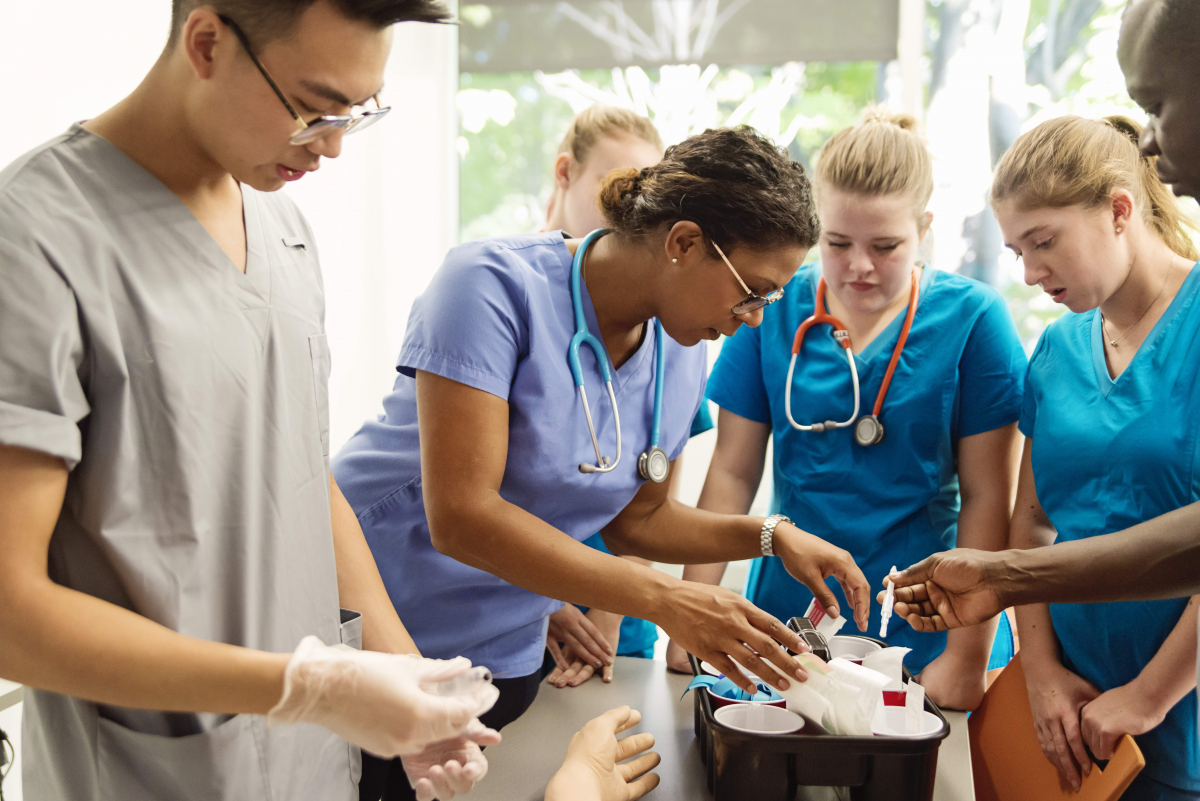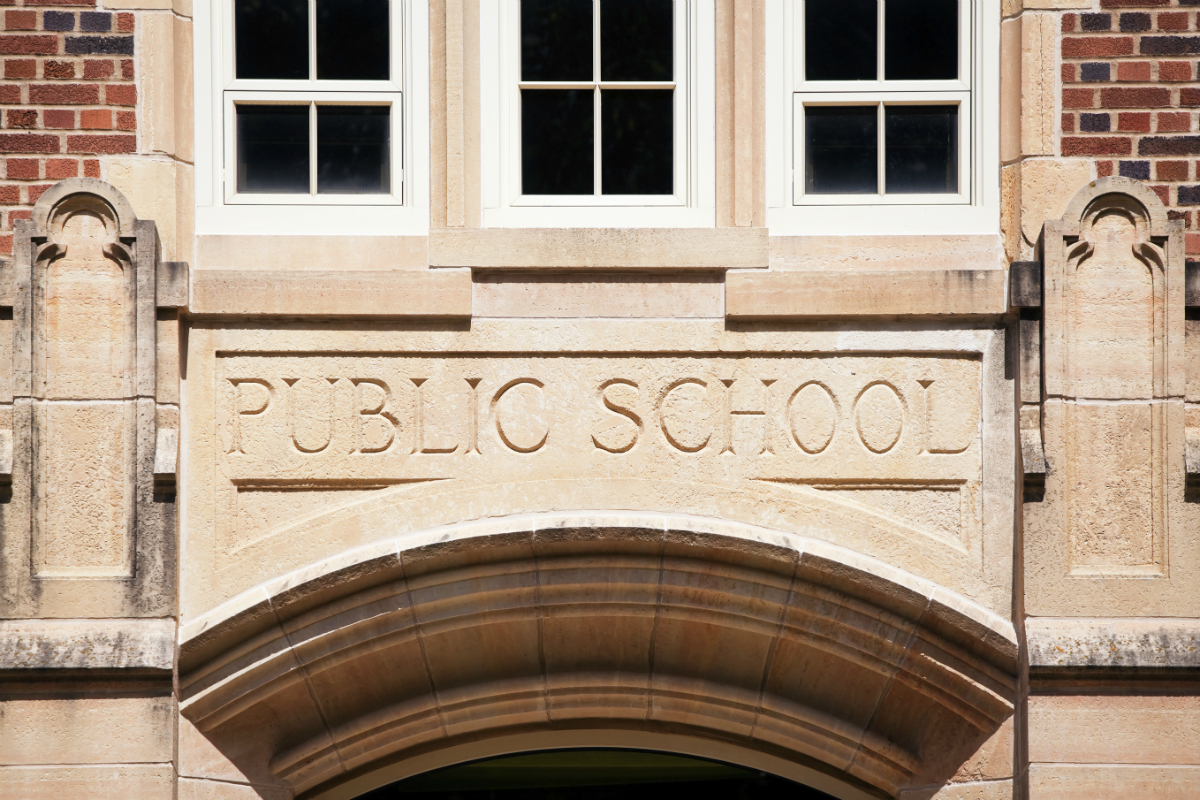National Nurses United, which represents more than 150,000 registered nurses, said in a July 14 statement that when it comes to the health and safety of students, their families and teachers, taking a “better safe than sorry” approach is appropriate.
“This week, as the calls to restart in-person teaching become louder, nurses are urging caution as we note the disturbing news that the U.S. has set another sobering record with more than 66,000 new COVID-19 infections in just one day,” said Jean Ross, president of National Nurses United. “This is a time for the country to proceed with the utmost care. We do not want to see our children, their families, care providers, our teachers and all those who work in our schools put in harm’s way without the utmost consideration for the consequences. We must have robust systems in place to ensure that any and all outbreaks can be controlled quickly and safely.”
A number of California’s largest districts have already declared that the 2020–21 school year will begin completely online. On July 13, both Los Angeles Unified School District and San Diego USD announced all classes will be online when the new school year begins in August. Fresno USD, the state’s third-largest school district, may soon follow suit. Fresno Teachers Association President Manuel Bonilla and Fresno USD Trustee Veva Islas have both said in recent days that it is unlikely that students would be able to safely return to campus for instruction in a month.
On July 15, the Sacramento County Office of Education announced that its 13 districts — which include Elk Grove, Folsom Cordova, Sacramento City, Twin Rivers, Natomas and San Juan USD — will continue the distance learning programs they implemented in the spring until conditions allow for a safe return for students and faculty.
Other prominent and large districts, including San Francisco, Oakland, Long Beach, Santa Ana and Central USD in Fresno, have also announced that students will commence the upcoming school year online — though many said there was is a chance that instruction would gradually shift to hybrid models that allow for part-time learning on campus.
“We believe the recommendation to keep students six feet apart while they wear masks for several hours, as well as the rapid community spread, make in-class learning untenable at this time,” Central USD Superintendent Andrew Alvarado said in a statement. “Our hope is the online distance learning will be temporary, and students will slowly return to campuses as the community spread of COVID-19 decreases.”
Officials in districts such as Tustin and San Jose USD have said that their schools are still aiming to start with a hybrid model in the fall. But, as is the case throughout the country, those plans will likely depend upon the number of COVID-19 cases and hospitalization rates across those counties and communities.
President Donald Trump called the decision by Los Angeles USD to not reopen campuses next month a “mistake” during a CBS News interview on Tuesday — an unsurprising declaration following weeks of statements that the administration would push for schools to reopen for in-person instruction in the fall as the first step in rebooting the nation’s economy.
Rather than pushing children back into the classroom too soon to accommodate parents’ work schedules, National Nurses United recommends that the federal government and states enact additional financial and other supports for families whose children will be continuing to learn from home during the pandemic.
Citing the numerous unknowns surrounding COVID-19, the nurses association said that the government and employers must prioritize public health by meeting certain criteria before restarting in-person classes. Among them:
- Public health infrastructure must include sufficient staffing, supplies and space for robust surveillance, testing, case isolation and contact tracing to ensure that the virus is effectively contained.
- Enhanced unemployment benefits and paid sick time and family leave; food security; housing; health care; and other social supports for people who are unemployed or unable to work due to illness or quarantine and isolation measures must be established.
- Health care capacity must be expanded, and people must be able to get treatment they need if they contract COVID-19 — at no cost. Any vaccine developed with U.S. taxpayer dollars must also be provided to the U.S. public for free when needed.
- Guidelines and standards issued by the Centers for Disease Control and Prevention and the World Health Organization must be strengthened to account for increasingly documented evidence that there is risk for airborne transmission of the virus.
- Nurses and other health care workers must have the optimal personal protective equipment they need, including powered air-purifying respirators and coveralls that incorporate gloves, head and shoe coverings.




